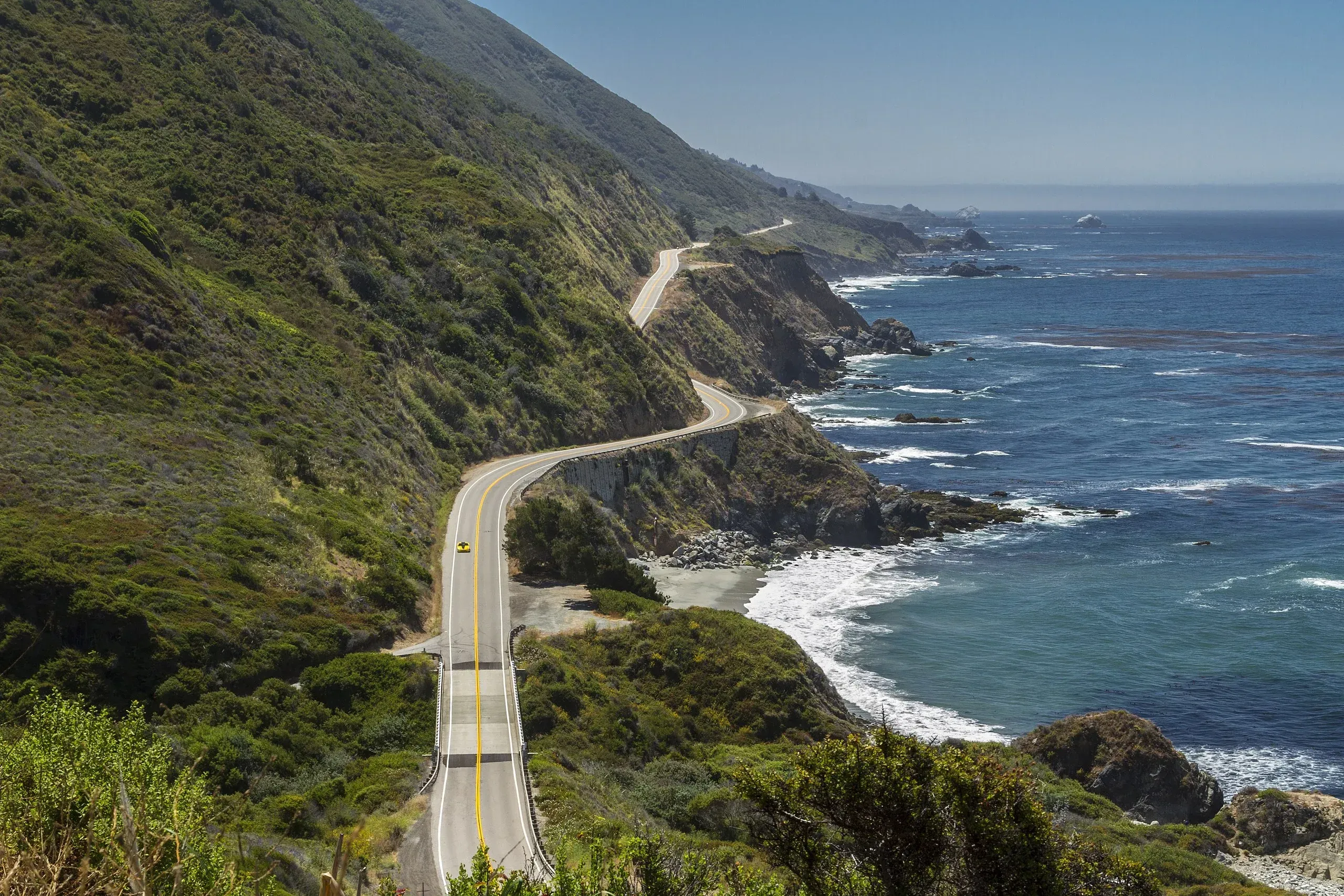Montana, nicknamed “Big Sky Country,” is renowned not only for its vast skies and magnificent natural landscapes but also as a haven for cycling enthusiasts. From winding roads through national parks to historic trails, Montana offers countless opportunities to explore unspoiled beauty and experience memorable adventures on your bicycle. Let’s discover some of the most exciting bike routes in Montana, where you can immerse yourself in nature and enjoy the freedom of two wheels.
Going-to-the-Sun Road – A Masterpiece Through the Heart of Glacier National Park
Going-to-the-Sun Road, a legendary 50-mile (approximately 80km) route traversing Glacier National Park, is one of the most breathtaking bike routes not only in Montana but worldwide. Celebrated as an engineering and scenic marvel, this road takes you through the heart of the Rocky Mountains, with challenging hairpin turns and steep climbs demanding stamina, but the reward is awe-inspiring natural scenery.
Cycling on Going-to-the-Sun Road allows you to witness the diverse ecosystems of Glacier, from lush pine and cedar forests and cascading waterfalls to crystal-clear glacial lakes reflecting the mountain peaks. The highlight of the journey is Logan Pass, the highest point on the route, where you can stop to admire panoramic views of the majestic mountains and breathe in the fresh mountain air.
However, Going-to-the-Sun Road is not for beginners. The steep terrain and high altitude require cyclists to have experience and good physical condition. The best time to conquer this route is during summer and early autumn when the weather is pleasant and the road is dry. Prepare adequately with water, snacks, and clothing suitable for changing weather conditions in the high mountains.

Route of the Hiawatha – Cycling on a Historic Railroad
The Route of the Hiawatha is a unique and enjoyable bike route, located along the historic Milwaukee Road railway line on the Montana-Idaho border. This 15-mile (approximately 24km) trail is famous for its impressive mountain tunnels and towering wooden trestle bridges spanning deep canyons.
A highlight of the Route of the Hiawatha is the Taft Tunnel, a nearly 1.7-mile (approximately 2.7km) tunnel through the mountain. Cycling through the Taft Tunnel is an unforgettable experience as you move in complete darkness, guided only by your headlamp. Emerging from the tunnel, you’ll be greeted by the beautiful natural scenery of the Montana and Idaho forests.
The Route of the Hiawatha is suitable for everyone, from families with young children to experienced cyclists. The trail is paved and gently graded, making it easy to navigate and enjoy the surrounding scenery. You can rent bikes and headlamps at the trailhead, and a shuttle bus will take you back to the starting point after completing the route.
Beartooth Highway – A Spectacular Mountain Pass to Yellowstone
Beartooth Highway, U.S. Highway 212, is one of the highest and most scenic mountain passes in the United States. This 68-mile (approximately 109km) route winds through the Beartooth Mountains, part of the Rocky Mountains, and leads to the northeast entrance of Yellowstone National Park.
Cycling on Beartooth Highway is an exhilarating challenge, with continuous steep sections and sharp curves. However, your efforts will be richly rewarded with stunning natural landscapes. From year-round snow-capped peaks and pristine glacial lakes to vibrant wildflower valleys, Beartooth Highway offers a visual feast you won’t forget.
The highest point of Beartooth Highway is Beartooth Pass, at an elevation of nearly 11,000 feet (approximately 3,350 meters), where you can admire panoramic views of the magnificent Beartooth Mountains. The ideal time to cycle on Beartooth Highway is from late spring to early autumn when the pass is open and the weather is stable. Prepare thoroughly in terms of fitness and equipment, and don’t forget to bring a camera to capture memorable moments on this legendary mountain pass.
Going-to-the-Sun Road (Deeper Exploration)
To better understand Going-to-the-Sun Road and best prepare for your cycling trip, let’s explore this route in more depth.
Ideal Time: Summer and early autumn (June to September) are the best times to cycle on Going-to-the-Sun Road. During this period, the weather is warm and pleasant, the road is dry, and tourist services are fully operational. However, this is also the peak tourist season, so you should book accommodation and other services in advance to avoid unavailability.
Preparation: Going-to-the-Sun Road is a route that demands good physical condition and long-distance cycling experience. Ensure your bike is well-maintained, and bring plenty of water, snacks, sunscreen, sunglasses, a helmet, and a windproof jacket. If you’re cycling in the early morning or late afternoon, bring bike lights for safety.
Interesting Stops: Along the way, you can stop at many attractive sights such as Lake McDonald, Bird Woman Falls, Logan Creek Valley, and the Logan Pass Visitor Center. Take time to explore these spots and enjoy the natural beauty of Glacier National Park.
Safety Notes: Going-to-the-Sun Road has many steep sections and dangerous curves. Always maintain a safe speed, obey traffic laws, and pay attention to your surroundings. If you feel tired, stop to rest and drink water. Especially, be careful of vehicle traffic, especially during peak season.
Conclusion
Montana is an ideal destination for those passionate about bicycle tourism. With diverse routes and stunning natural landscapes, Montana promises to offer you unforgettable cycling experiences. Whether you are a beginner or a professional athlete, Montana always has routes suitable for your preferences and abilities. Plan your cycling trip to Montana today and discover the unspoiled beauty of “Big Sky Country”!